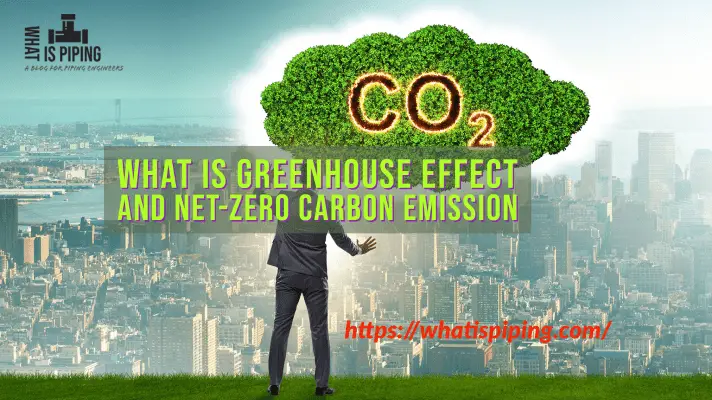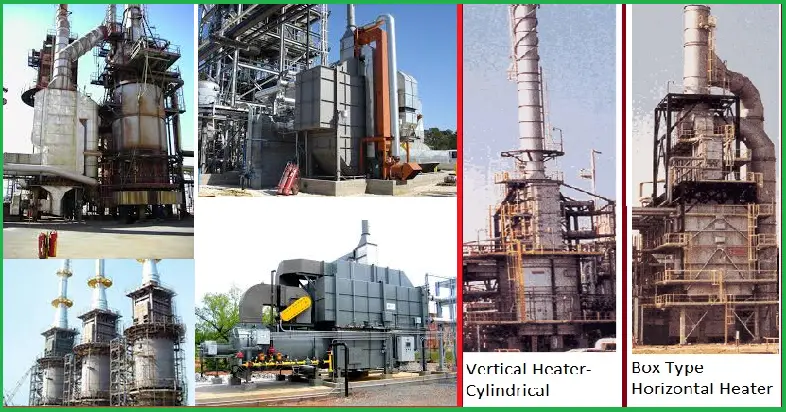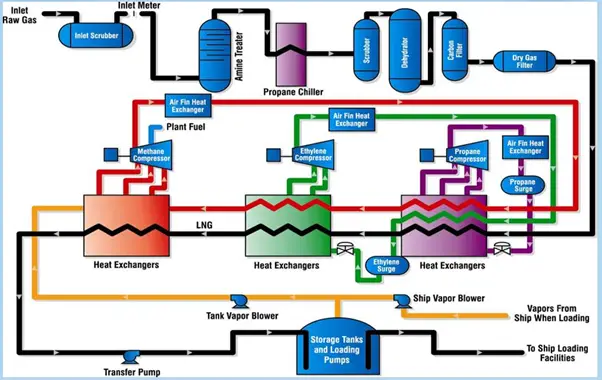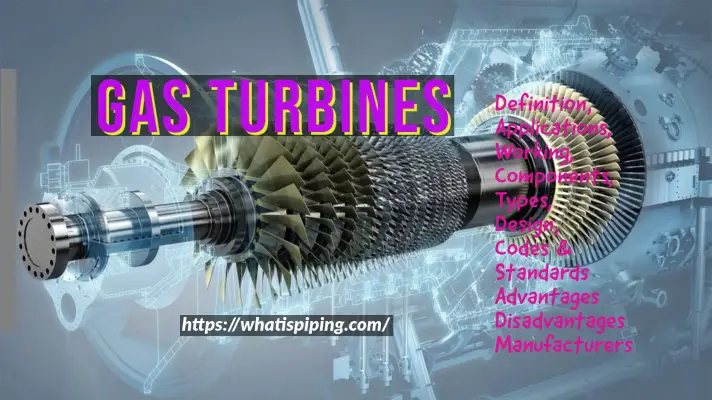The automotive industry is undergoing a revolutionary transformation, primarily driven by the rapid adoption of electric vehicles (EVs). As governments and consumers increasingly prioritize sustainability and energy efficiency, the shift from internal combustion engine (ICE) vehicles to EVs is reshaping not only transportation but also global oil demand. This article delves into the details of electric vehicles, their benefits, the factors driving their adoption, and the subsequent impact on oil demand.
Although the passenger vehicle sector accounts for only about a quarter of total oil demand, it receives much attention from governments and the media. It is believed that a quick transition away from conventional oil-powered vehicles will benefit. Switching from autos to electric vehicles (EVs) is achievable and necessary to minimize greenhouse gas emissions. Emissions and improve the quality of urban air. There have been a lot of studies looking into the influence of electric vehicles on the environment. The oil demand has been made public. The excitement surrounding the potential for EVs to reduce fossil fuel consumption is justified, but it is difficult to derive insight from comparing these published studies.

Metals like copper and lithium have benefited from the growth in the electric car sector. It’s also sparked fears about the long-term prognosis for oil demand, which some analysts argue is unfounded. The electric-vehicle sector has already had a considerable impact on commodities markets, most notably supporting rapid price growth in metals such as copper, platinum, and palladium, vital to the auto manufacturing business. Global miles driven are expected to increase to 32 trillion by 2030, up from 11 trillion now, with emerging nations driving much expansion. They claim that the oil and gas industry outlook is positive for electric automobiles, light trucks, and gasoline-powered vehicles.
The Electric Vehicle Landscape
1. Definition and Types of Electric Vehicles
Electric vehicles are defined as vehicles powered entirely or partially by electricity. They can be categorized into several types:
- Battery Electric Vehicles (BEVs): These run entirely on electric power stored in batteries and have no internal combustion engine.
- Plug-in Hybrid Electric Vehicles (PHEVs): These combine an electric motor with a gasoline engine, allowing them to run on electricity or gasoline.
- Hybrid Electric Vehicles (HEVs): These use both an internal combustion engine and an electric motor, but cannot be plugged in to charge.
- Fuel Cell Electric Vehicles (FCEVs): These generate electricity onboard through a chemical reaction between hydrogen and oxygen, emitting only water as a byproduct.
2. The Evolution of Electric Vehicles
The history of electric vehicles dates back to the 19th century. However, they gained significant attention in the late 20th and early 21st centuries, spurred by advancements in battery technology, environmental concerns, and governmental support. The introduction of models like the Tesla Roadster, Nissan Leaf, and Chevrolet Volt marked pivotal moments in this evolution.
Benefits of Electric Vehicles
1. Environmental Impact
EVs produce zero tailpipe emissions, significantly reducing air pollution in urban areas. The potential for reduced greenhouse gas emissions depends on the energy sources used for electricity generation. If the electricity is sourced from renewable energy, the environmental benefits are even more substantial.
2. Economic Advantages
- Lower Operating Costs: EVs generally have lower fuel costs compared to gasoline vehicles. Electricity is often cheaper than gasoline on a per-mile basis.
- Reduced Maintenance Costs: Electric vehicles have fewer moving parts, which leads to reduced wear and tear and lower maintenance costs over time.
3. Energy Independence
Increased adoption of EVs can lead to decreased reliance on oil, contributing to energy independence for countries heavily dependent on oil imports.
Growing Electric Vehicle Market
The Electric Vehicle (EV) Sector is quickly Expanding:
Since 2014, annual EV sales have doubled to over 1.5 million units. Despite this rapid growth, electric vehicle sales still account for barely 2% of new car sales and less than 0.3 percent of the world’s 1.1 billion passenger automobile fleet. China is. Therefore the largest EV market globally, accounting for over half of global sales in 2018. As Chinese officials aim to address pollution-related issues, large government incentives, both to producers and customers, have contributed to the rapid adoption of electric vehicles.
Over the next few decades, electric vehicle sales are forecasted to skyrocket. The International Whether Energy Agency (IEA) estimates that 120 million electric vehicles will be on the road in 2030, accounting for around 7% of the worldwide passenger vehicle fleet in that year. EVs are expected to become even more cost-competitive by 2030, thanks to technological advancements in battery production. Although government incentives will continue to play an important role in the medium term, these cost reductions should reduce the need for government subsidies. Future EV sales, on the other hand, are fraught with uncertainty. Importantly, the future viability of EVs is contingent on the ambition of future government environmental regulations.
Government subsidies currently cover nearly a fifth of the cost of every new electric vehicle sold worldwide. While several governments have set ambitious goals for electric vehicle adoption in the coming decades, the direction of environmental policies can quickly change the current key EV targets of several major economies). For example, the IEA forecasts that by 2030 there could be as many as 300 million EVs (19 percent of the global fleet) under a more ambitious set of environmental policies, or as low as 57 million (4 percent of the global fleet) under a more modest set of environmental policies.
Transition from Petroleum Cars to Electric Vehicles
Converting to Electric Vehicles Reduces Petroleum Use:
The conversion to electric vehicles (Click here to learn about electric vehicle technology) predicts reducing gasoline usage in passenger vehicles. Electric Vehicle adoption has resulted in a small reduction in this usage. However, as the number of electric vehicles (EVs) increases, the shift from internal combustion engines (ICEs) to EVs may significantly impact gasoline consumption. One-third of EVs on the road are battery electric vehicles (BEVs), and two-thirds are plug-in hybrid electric vehicles (PHEVs) based on IEA predictions (PHEVs). PHEVs are equally powered by gasoline and electricity; thus, they use half as much gasoline as an ICE over the same distance. The degree of gasoline displacement would be higher if we believed BEVs made up a larger share of the EV fleet or PHEVs had a lower requirement for fuel.
According to BP (British Petroleum) forecasts, the typical ICE’s fuel economy will improve from roughly 8 to 5 liters per 100 kilometers traveled between now and 2030. This equates to a nearly 3% annual increase through 2030, faster than the 1.5 percent increase seen during the previous decade. This assumption is based on the increased use of existing technology in emerging-market economies rather than on further big technological breakthroughs. If we assume a lower degree of efficiency, each EV will reduce gasoline usage further. By 2030, the average number of kilometers driven per vehicle will only grow by 4%. If we assume a longer distance per car, the amount of gasoline consumed by each EV will be higher.
The Impact of Electric Vehicles on Oil Demand
Increased use of electric vehicles will cut oil prices, but the forecast for oil demand is dependent on how other industries respond:
Using a structural vector autoregression (SVAR) model for the global oil market, the influence of gasoline savings due to EVs on oil prices. Using a structural vector autoregression model for the global oil market, the influence of gasoline savings due to EVs on oil prices. Oil supply shocks, oil-market-specific demand shocks, storage demand shocks, and global economic growth stocks are the four known structural shocks that affect oil prices. Gasoline savings from EVs can be implemented as an oil-market-specific demand shock inside the scope of the SVAR. The shift to electric vehicles indicates an unanticipated shift in oil demand not influenced by exogenous factors. Oil prices in 2030 might range from US$85 to US$93, depending on the rate of EV adoption, compared to the IEA’s base-case prediction of US$90. In its base-case scenario, the IEA predicts that oil prices will be around $90 (actual 2017 US dollars) in 2030.
Assume 120 million electric vehicles and 23 million metric tonnes of fuel are consumed per day by passengers. Whether oil prices are $5 lower or $3 higher, the oil price might be $5 lower or $3 higher. Compared to the base case, environmental policies are more ambitious or moderate. Even in the most optimistic scenario, we considered, electric vehicles account for less than 20% of the worldwide fleet. If countries only adopt small environmental policies, this number drops to 4%.
Battery Prices:
A fundamental underlying driver of EV adoption is the expectation that battery pack costs will exceed $100/kWh, making EVs competitive with conventional vehicles without government or industry subsidies. Automobile industry forecasters asked to predict the year battery costs will rise the most. The cost of a battery pack is currently estimated to be over $200 per kWh.
Conclusions:
The increased use of electric vehicles is expected to impact the global oil market, but changes are expected to be gradual. According to the IEA, 120 million electric vehicles will be on the road by 2030, but the fleet size could range from 57 million to 300 million, depending on how ambitious environmental policies are. Given the range of reasonable scenarios for the size of the EV fleet, analysis shows that oil prices in 2030 could reasonably move between US$85 and US$93 per barrel, compared to the IEA’s base-case projection of US$90 per barrel. Because EVs will account for less than 20% of global passenger traffic, reducing oil prices associated with their adoption will be modest. So, the major point can be summarised as follows:
As passenger and light vehicle sector only constitutes roughly 25% of the total oil consumer market. Even with aggressive pushing by the government, the effect on oil demand will be less. Also, this impact will be slow and will take at least 10-20 years to reach its peak. So, overall crude oil is here to stay as it will contribute as a significant energy source for other sectors.
Would you like to learn more about electric vehicle technologies? Then just check out the following online video courses:
References:
1. Mukul, J., & @. (2020, November 9). 30% EV Share May Cut Oil Bill By Rs 1 Trn, But Hurt Tax Revenue Too: Study | Business Standard News. 30% EV share may cut oil bill by Rs 1 trn, but hurt tax revenue too: Study. https://www.business-standard.com/article/automobile/30-ev-share-may-cut-oil-bill-by-rs-1-trn-but-hurt-tax-revenue-too-study-120110901210_1.html.
2. How Is EV Charging Going To Transform the Oil And Gas Industry?. (2020, February 25). Driivz. https://driivz.com/blog/ev- -gas-industry charging-transform-oil /.
3. Alternative Fuels Data Center: Electric Vehicle Benefits And Considerations. (n.d.). Alternative Fuels Data Center: Electric Vehicle Benefits and Considerations. https://afdc.energy.gov/fuels/electricity_benefits.html.
4. BADE, G., & @. (2019, September 16). The Oil Industry Vs. the Electric Car. The oil industry vs. the electric car – POLITICO. https://www.politico.com/story/2019/09/16/oil-industry-electric-car-1729429.
Further Studies
If you wish to learn more on the subject I recommend studying the following thesis paper on The Impact of Electric Cars on Oil Demand and Greenhouse Gas Emissions in Key Markets by Jonatan J. Gómez Vilchez available on https://d-nb.info/1188427881/34








